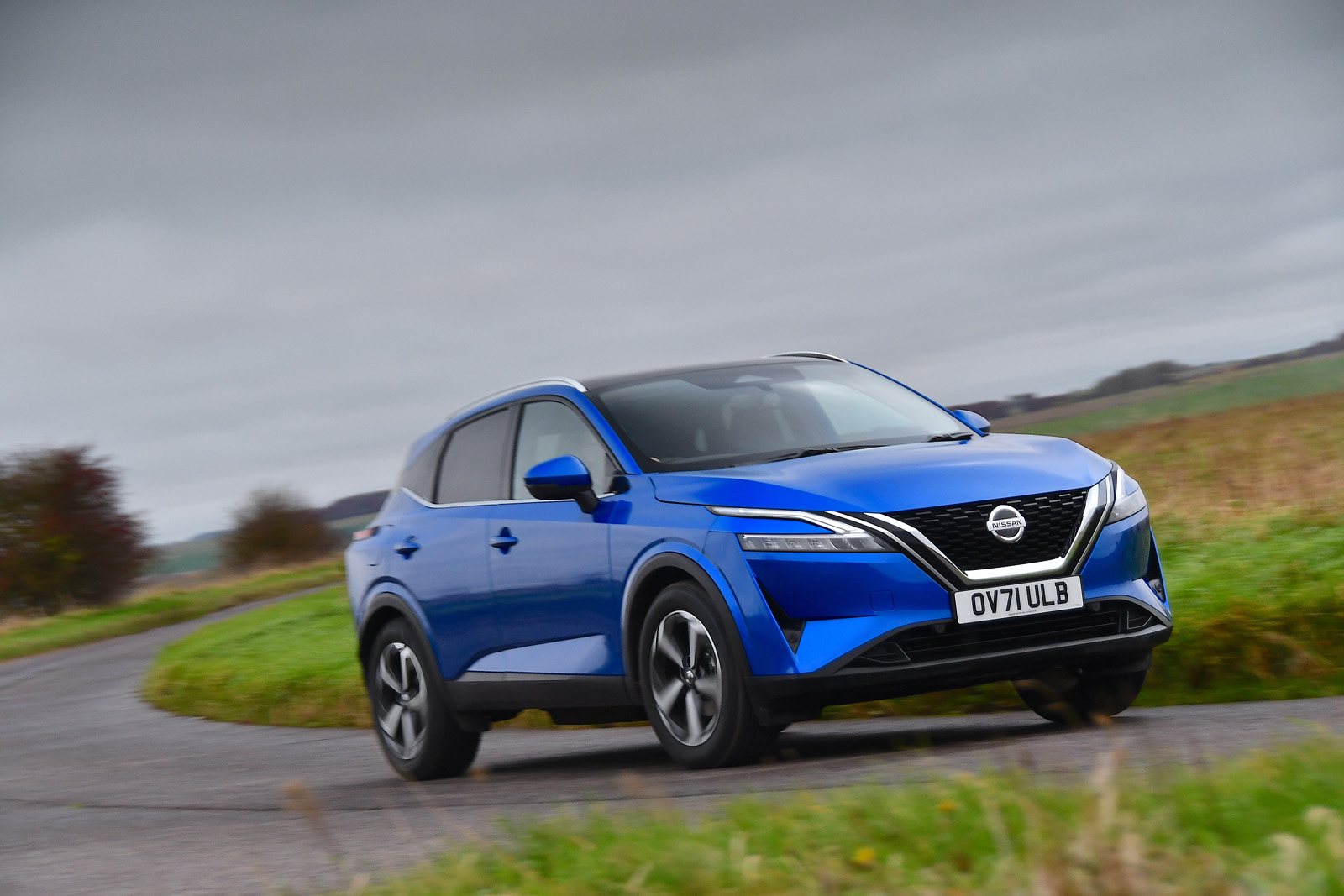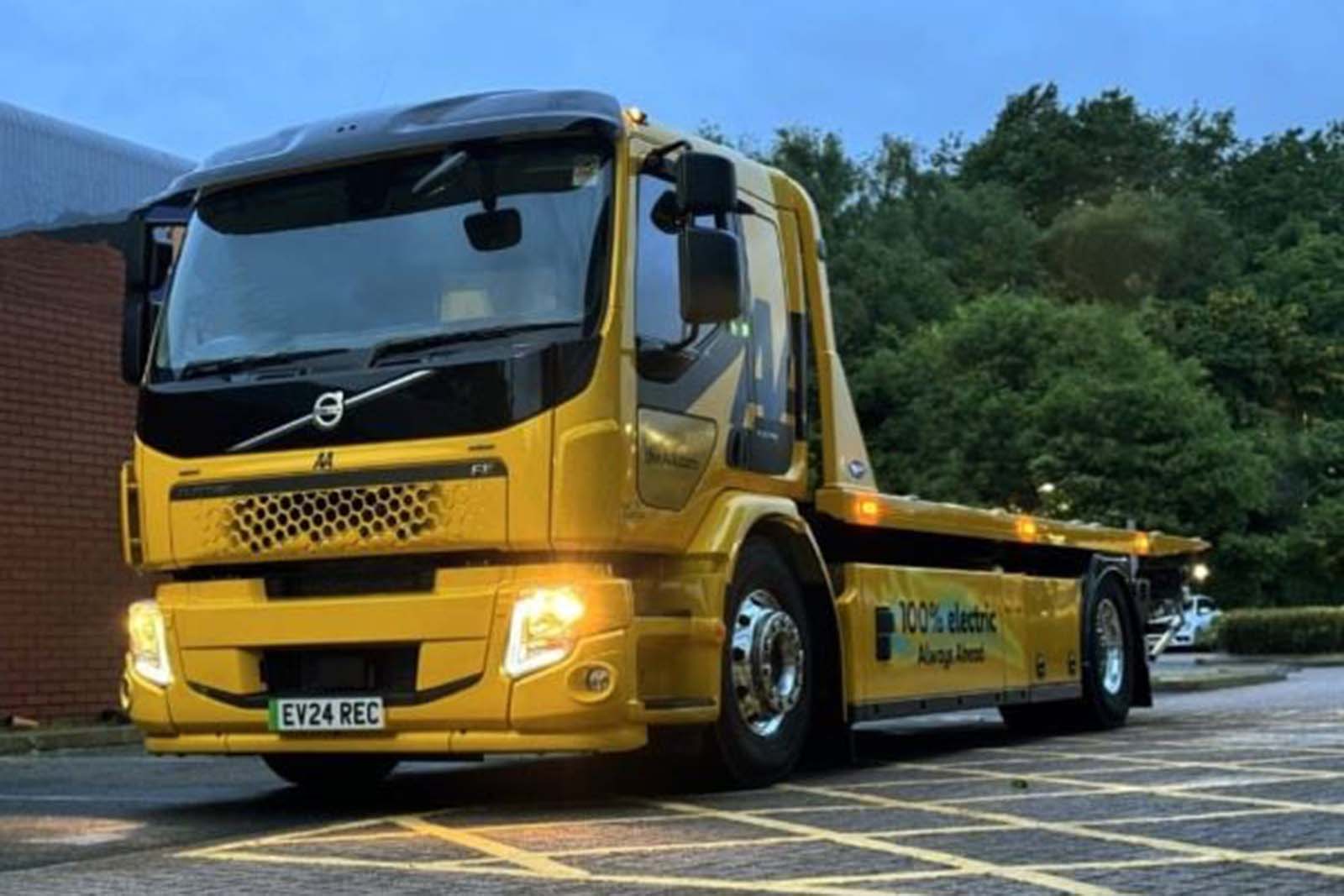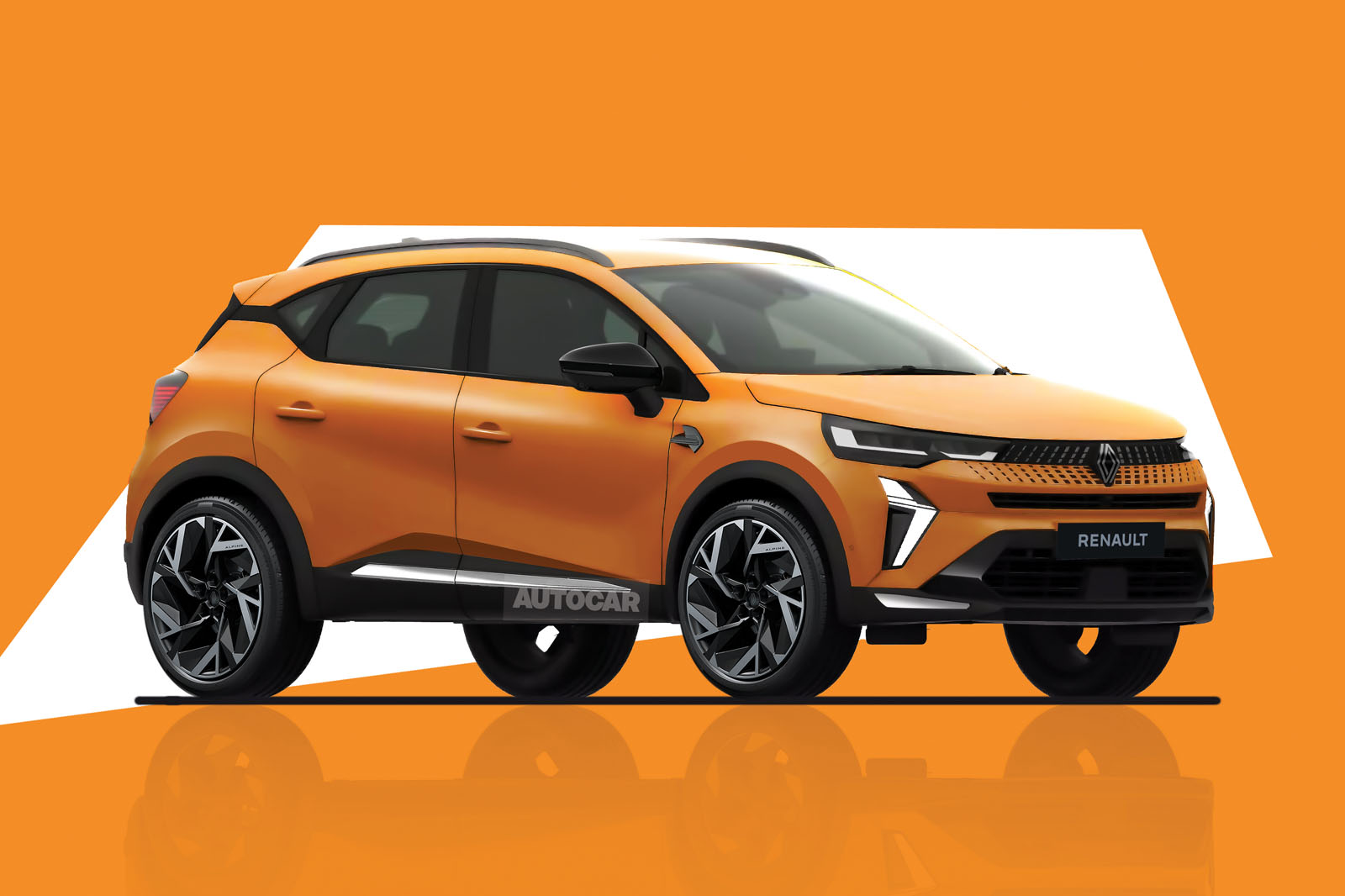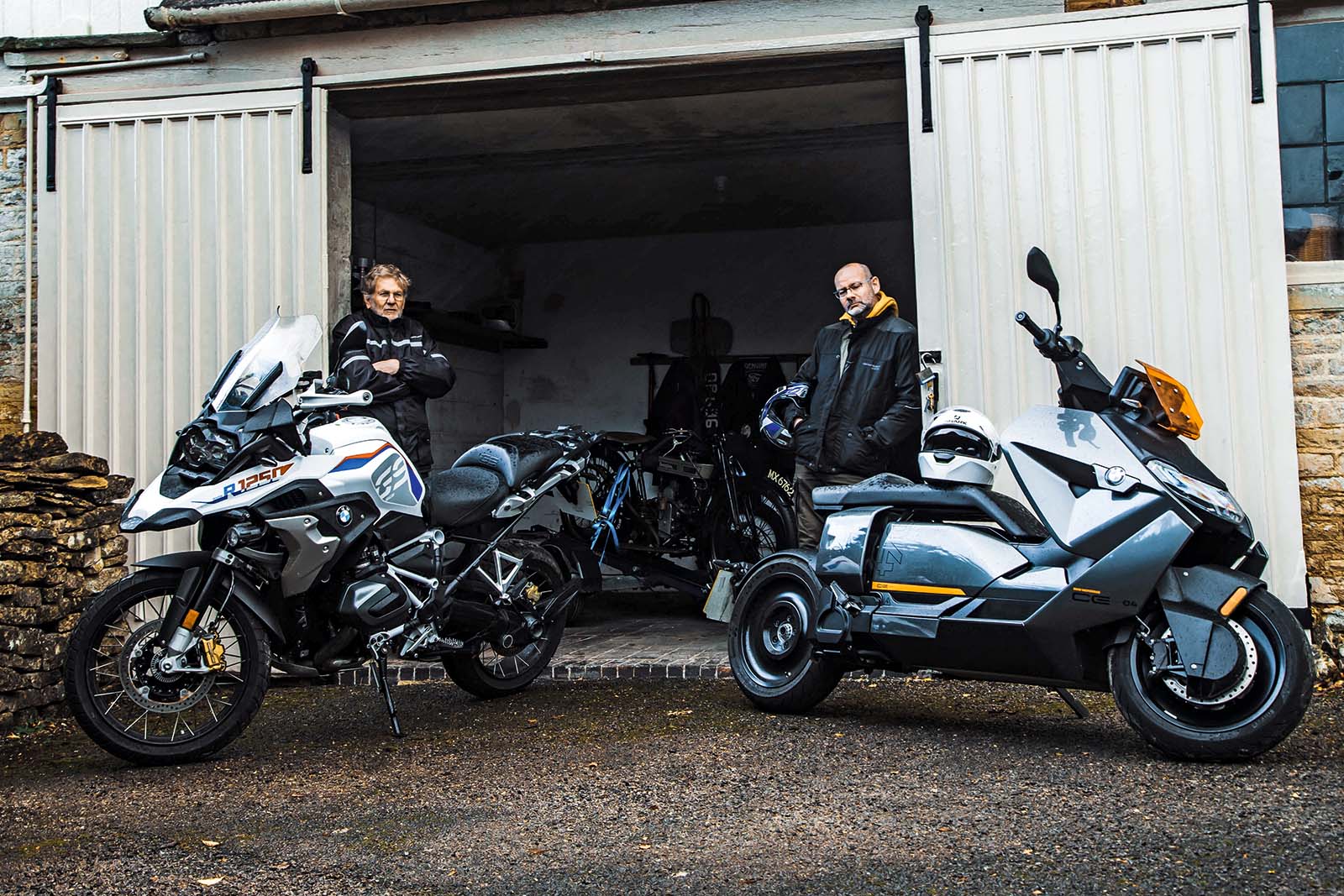The area where the old Qashqai particularly showed its age was in its interior, but this has generation made some big steps in this respect.
That said, it’s avoided taking on digital technology for the sake of it. With a classier dashboard, some horizontal trim strips and a big touchscreen in the middle, it looks right up to date.
All the materials you are likely to touch regularly in the car have a pleasant soft-touch finish, and the plentiful buttons and switchgear have a nice heft. The interior mouldings feel solidly screwed together, too.
This car is extremely easy to jump in and get to grips with because all of the important functions are operated by a physical button or knob. There is a separate panel for the HVAC controls, and even driver assistance features like the steering assist and head-up display can be turned on or off with a button. It’s all remarkably common sense, with not a touch-sensitive panel in sight other than the big infotainment screen.
Continuing the common sense theme, the Qashqai allows occupants to charge their devices in any way they need, with multiple 12V sockets, two USB-A and two USB-C ports, and a wireless charging pad on most trim levels. Here, as elsewhere, convenience is king, and the Qashqai offers plenty.
Accessing the rear cabin is easy thanks to doors that open to 90deg. Once there, leg room is about average for the class, with plenty of head room even with the panoramic sunroof (which is a fixed panel and doesn’t actually open).
It means tall adults fit without issue but they would be only averagely comfortable on longer journeys. The back seats don’t do anything fancy such as recline or slide, and they fold in a 40/60 split, rather than a more versatile 40/20/40 format.
Flexibility tricks have been reserved for the boot, which is quite cleverly conceived. It has removable floor panels that can be raised or lowered, or set upright to create a divider that stops groceries from sliding around. The panels can also be flipped over to reveal a wipe-clean surface to put muddy or dirty items on. When they’re all in place, they create a flat load area with some useful extra space below.
The Qashqai’s 504 litres of boot space is average for the class, but far ahead of the Ford Kuga’s 412 litres. However, it is beaten by the Volkswagen Tiguan’s 520 litres and outclassed by the Honda CR-V hybrid, which offers 596 litres.
Nissan Qashqai infotainment and sat-nav
Visia trim is so basic that it doesn’t even get a touchscreen, but Acenta Premium has a 7.0in screen, and on N-Connecta that becomes a 9.0in screen accompanied by a 12.3in digital driver display.
Both versions of the touchscreen have Android Auto and Apple CarPlay. On the larger version, CarPlay is wireless.
The bigger system found in the Tekna car is the more responsive unit and, thanks to plenty of shortcut buttons (both physical ones below the screen and virtual ones on the bottom), it is fairly easy to navigate. The way the screen is mounted on the dashboard means you also have a small ledge to rest your hand on, so it stays steady when tapping the screen on the move.
It’s a pity the graphics already look dated, the centre screen more so than the driver display. When CarPlay is wireless and there is a wireless charging pad as well, it’s difficult to come up with a reason to use the built-in navigation and audio systems, especially since the smartphone mirroring is integrated so well.





